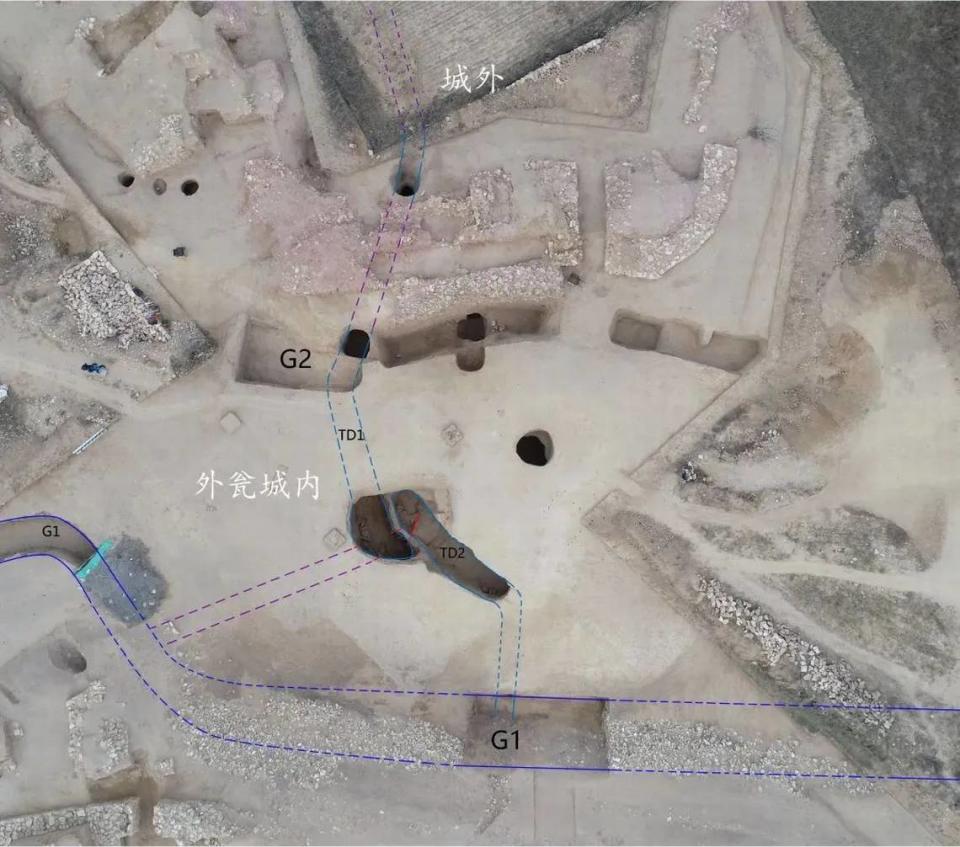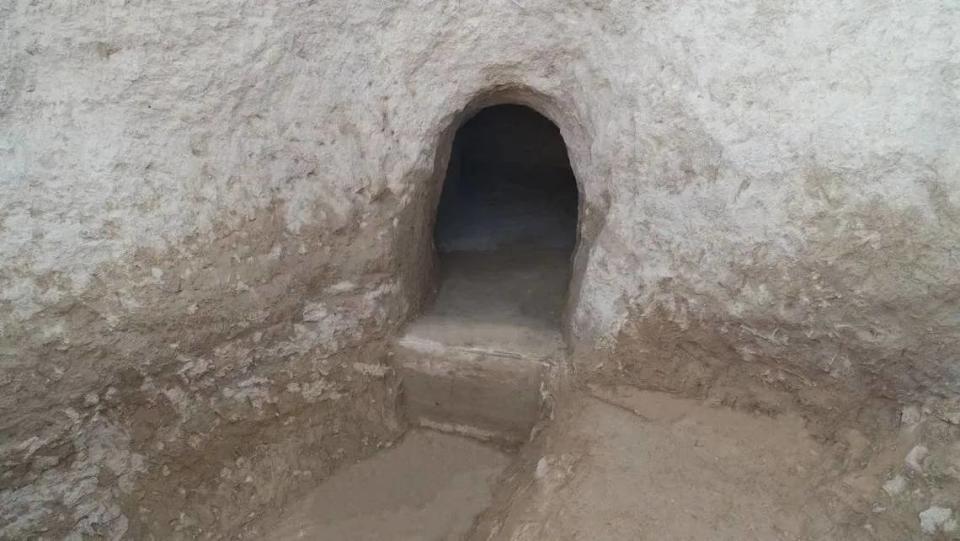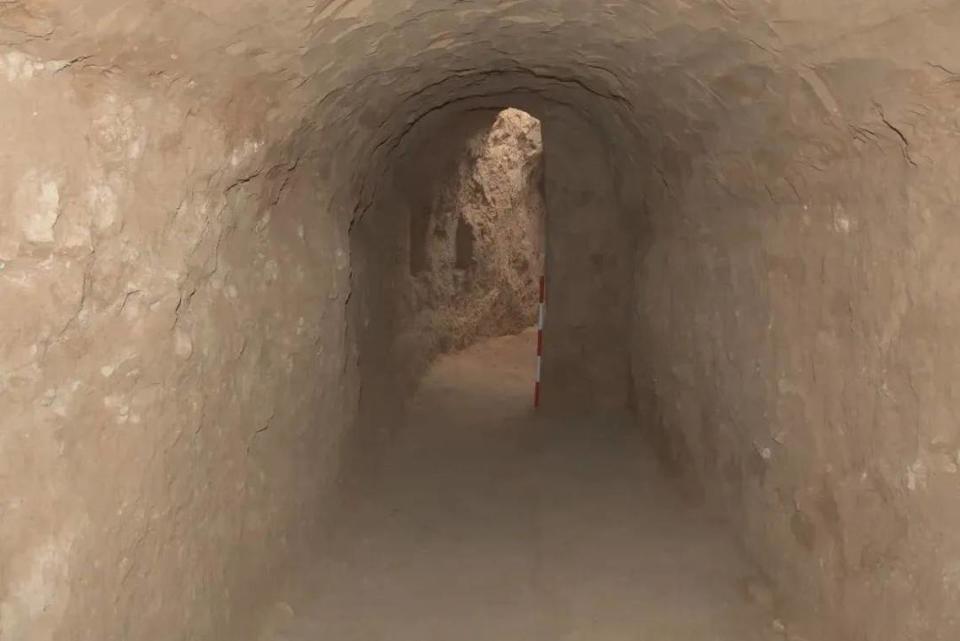Secret underground passageways discovered in ruins of 4,300-year-old city in China
Today, entering the ancient stone city of Houchengzui in northern China means walking carefully through the sprawling ruins. Four thousand years ago, however, entering the city meant getting through multiple defensive walls and overpowering the well-prepared occupants.
Archaeologists have known about the imposing defenses of Houchengzui Stone City for decades — but the ancient city still held a secret.
Houchengzui Stone City is between 4,300 and 4,500 years old with ruins stretching across roughly 15 million square feet, according to a Dec. 28 news release from the Inner Mongolia Autonomous Region Institute of Cultural Relics and Archaeology via the Institute of Archaeology at the Chinese Academy of Social Sciences and the China Archaeology Network.
Archaeologists initially found the city in 2005 and began systematically excavating it in 2019, the release said.
During the most recent excavations, archaeologists stumbled on a system of secret underground passageways. They found six intersecting tunnels that functioned as a hidden transportation network.

A photo shows a partial map of the passageways. Other photos show a tunnel entrance and a view inside the well-preserved arched tunnels.

Archaeologists said the tunnels were between about 5 feet and about 20 feet down. Inside, the tunnels were between 3 feet and 6 feet tall and roughly 4 feet wide. Several tunnels passed under the city’s defensive walls and opened to the outside.

The secret tunnels added another layer of security to Houchengzui Stone City’s other defenses.
The city had a complex defensive system with three different concentric walls, additional structures along the walls, a limited number of guarded gates, and trenches, the release said.
Archaeologists believe the Houchengzui Stone City design stemmed from its cultural importance of military defense and its strategic location at the edge of an ancient alliance.
Excavations at the site are ongoing.
Houchengzui Stone City is in Qingshuihe County of the Inner Mongolia Autonomous Region and about 300 miles west of Beijing.
Google Translate and Baidu Translate were used to translate the news release from the Inner Mongolia Autonomous Region Institute of Cultural Relics and Archaeology via the Institute of Archaeology at the Chinese Academy of Social Sciences and the China Archaeology Network.
Medieval weapon — over 4 feet long — unearthed in town square in Sweden, photos show
What was life like in ancient Rome? These finds from 2023 reveal a luxurious lifestyle
Metal detectorist stumbles on very rare gold treasure from 2,500 years ago, photos show


